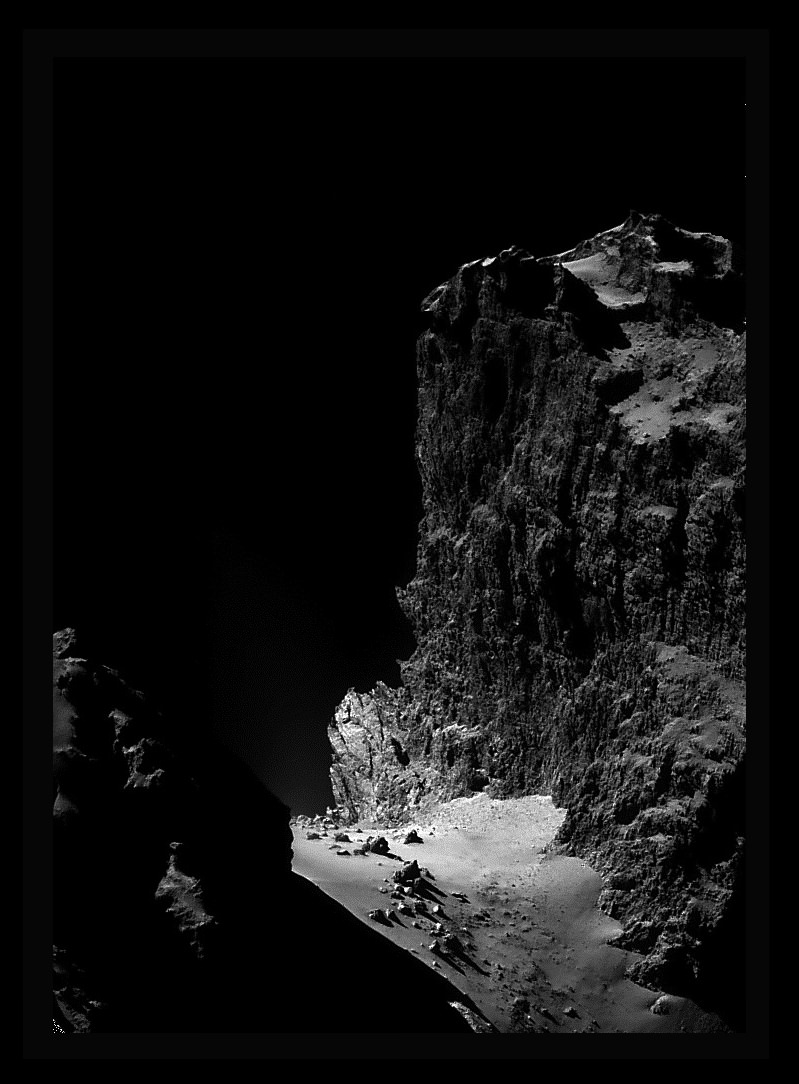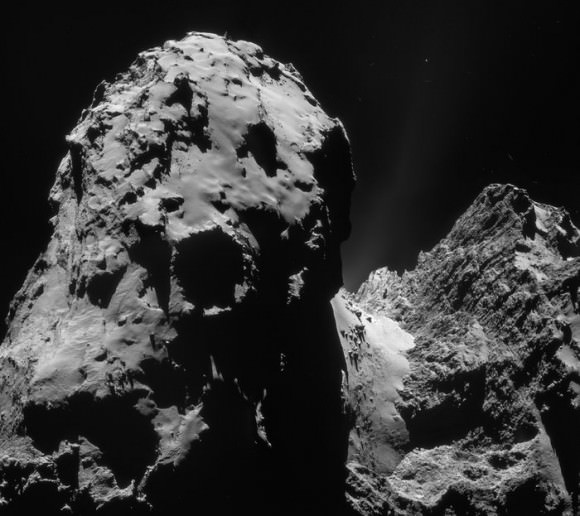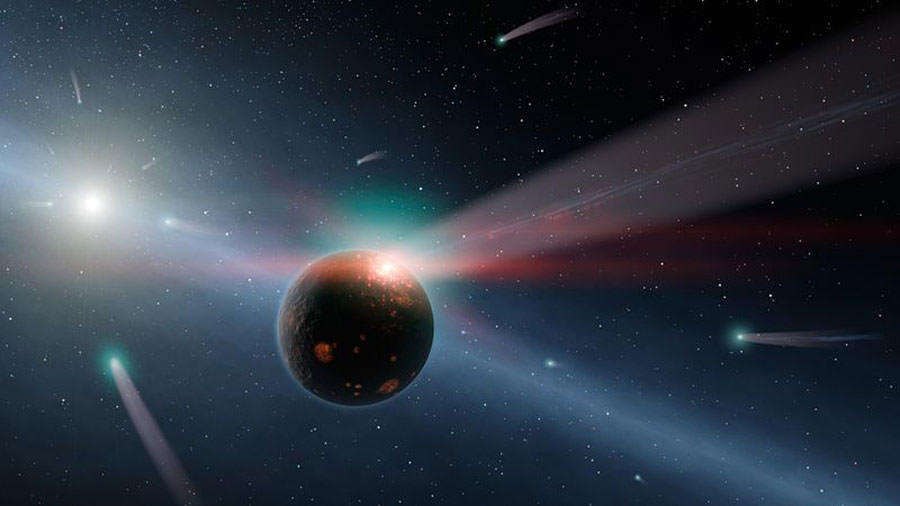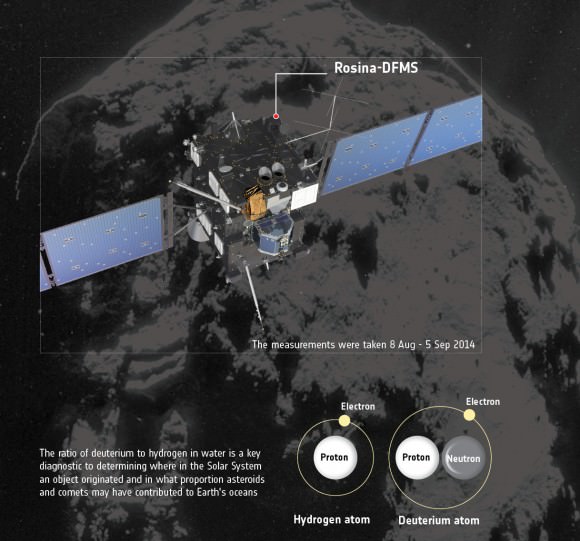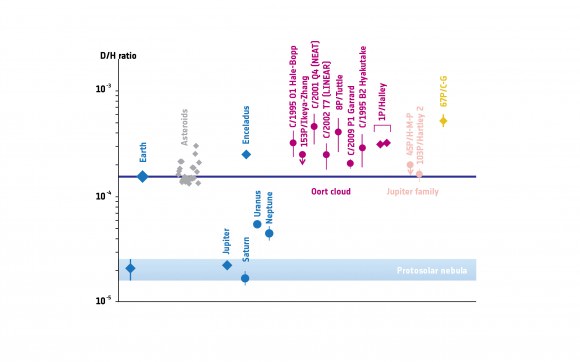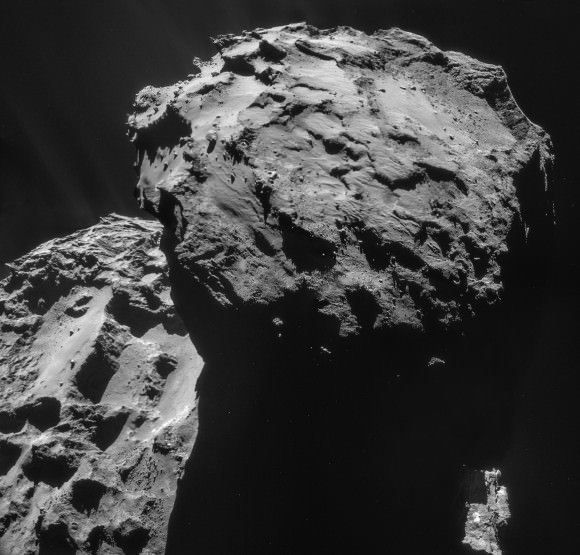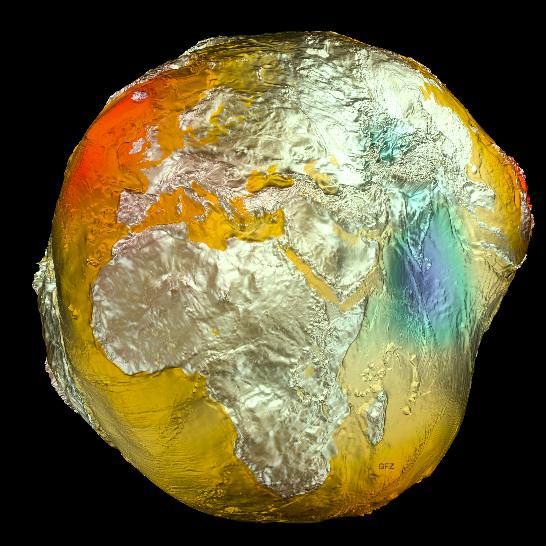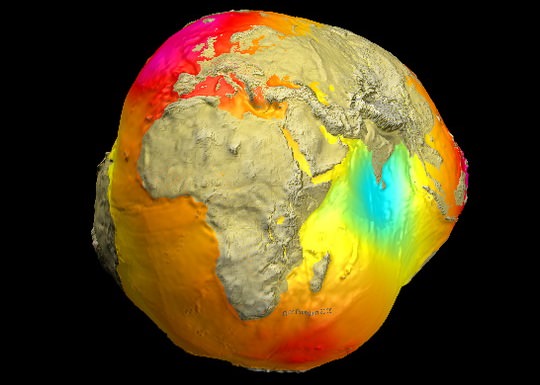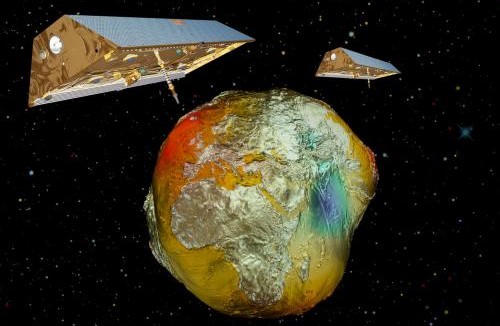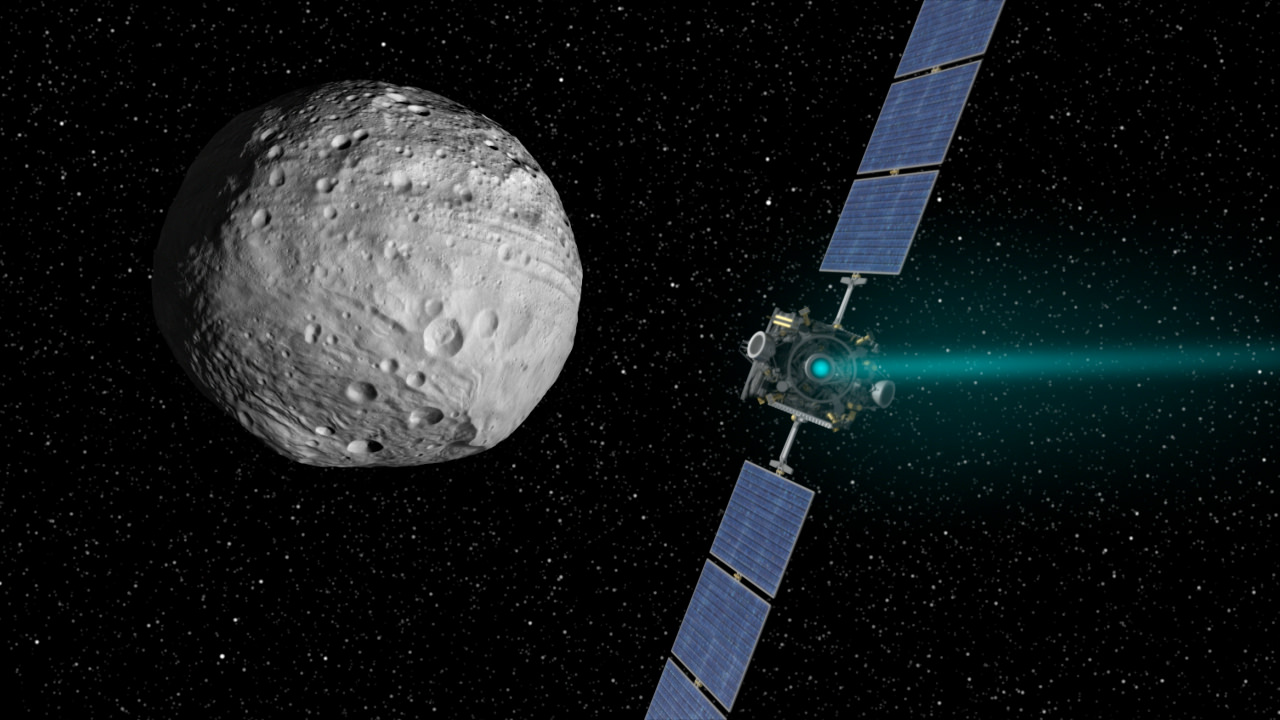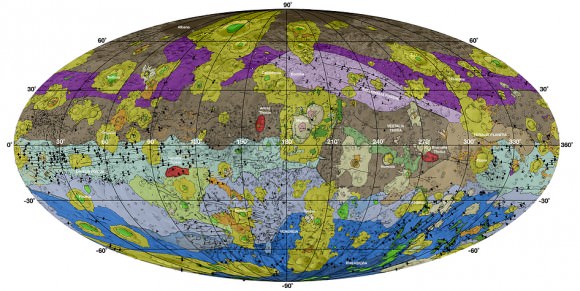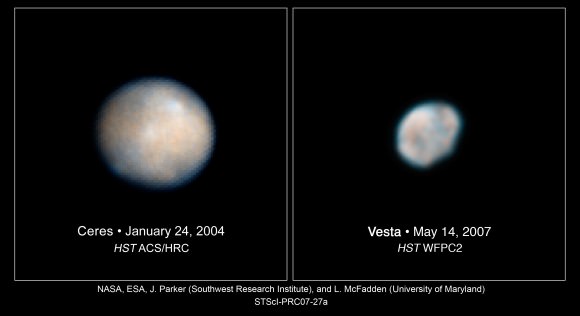Spectacular View of the Alps From Space!
Expedition 42 Flight Engineer Samantha Cristoforetti of the European Space Agency (ESA) took this photograph of the Alps from the International Space Station. She wrote, “I’m biased, but aren’t the Alps from space spectacular? What a foggy day on the Po plane, though! #Italy” Credit: NASA/ESA/Samantha Cristoforetti
Updated with more images[/caption]
As we say goodbye to 2014 and ring in New Year 2015, the Expedition 42 crew living and working aboard the International Space Station enjoys the new gallery of images they’ve sent back of “Our Beautiful Earth.”
The current six person crew includes astronauts and cosmonauts from three nations – America, Russia, and Italy – and the four men and two women are celebrating New Year’s 2015 aboard the massive orbiting lab complex.
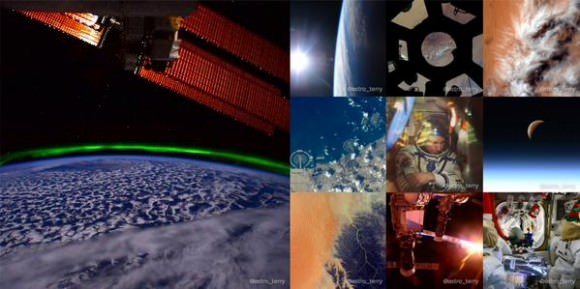
They comprise Expedition 42 Commander Barry “Butch” Wilmore and Terry Virts from NASA, Samantha Cristoforetti from the European Space Agency (ESA), and cosmonauts Aleksandr Samokutyayev, Yelena Serova, and Anton Shkaplerov from Russia.
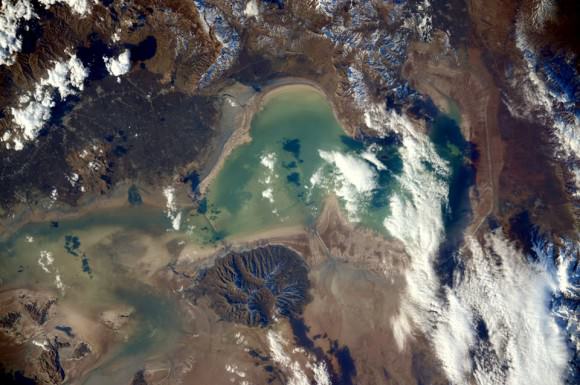
The ISS has been continuously occupied by humans for 15 years. And they are joined by Robonaut 2 who recently got legs.
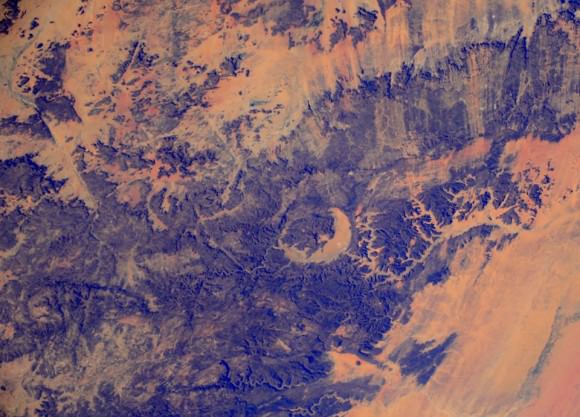
Terry Virts and Samantha Cristoforetti have been especially prolific in picture taking and posting to social media for us all to enjoy the view while speeding merrily along at 17,500 mph from an altitude of about 250 miles (400 kilometers) above Earth.
Here’s a special New Year video greeting from Wilmore and Virts:
Video Caption: Happy New Year from the International Space Station from NASA astronauts Barry “Butch” Wilmore and Terry Virts. Credit: NASA
“Happy New Year from the International Space Station!” said Wilmore.
“We figure that we will be over midnight somewhere on the Earth on New Year’s for 16 times throughout this day. So we plan to celebrate New Year’s 16 times with our comrades and our people down on Earth.”
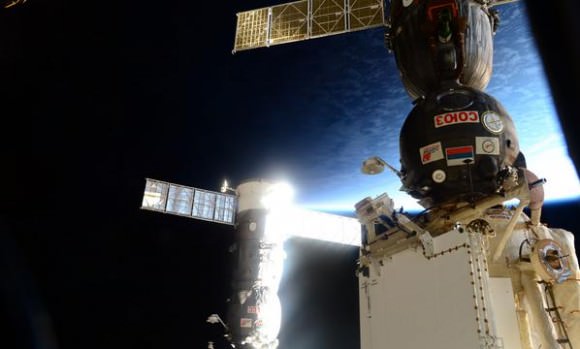
“We wish everybody a happy, healthy, and prosperous 2015 as we get the awesome privilege of celebrating New Year’s here on the space station with our six station crewmates,” added Virts!
“We’ll enjoy our 16 New Year’s celebrations here.”
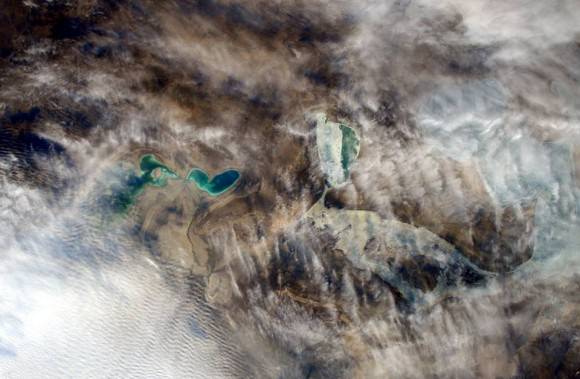
They plan to celebrate the dawn of 2015 with fruit juice toasts, NASA reports.
The year 2015 starts officially for the station crew at midnight by the Universal Time Clock (UTC), also known as Greenwich Mean Time (GMT), in London, or at 7 p.m. EST Dec. 31.
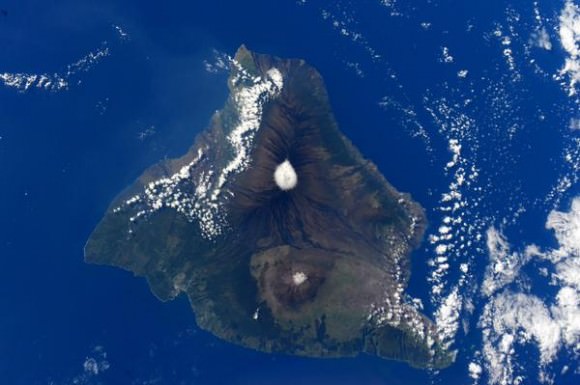
New Year’s Day 2015 is a day off for the crew.
And I’m certain they’ll be gazing out the windows capturing more views of “Our Beautiful Earth!”
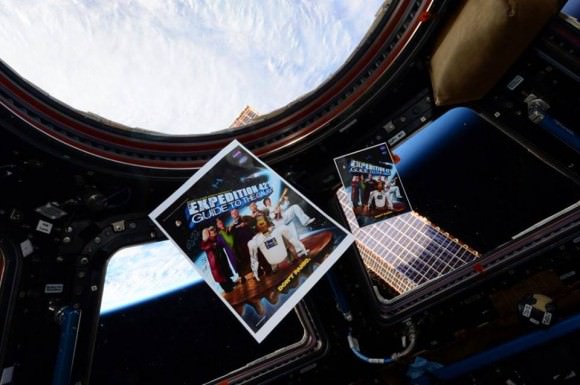
And don’t forget to catch up on the Christmas holiday imagery and festivities from the station crews in my recent stories – here and here.

Be sure to remember that you can always try and catch of glimpse of the ISS flying overhead by checking NASA’s Spot the Station website with a complete list of locations.
It’s easy to plug in and determine visibilities in your area worldwide. And try to shoot a time-lapse view like mine below.
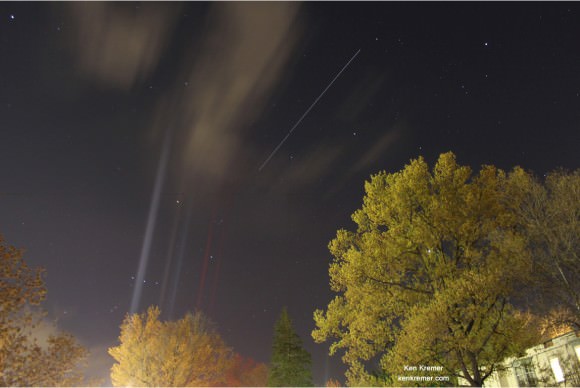
Meanwhile the crew continues science operations and preparations for next week’s arrival of the next unmanned space station resupply ship on the SpaceX CRS-5 mission.
CRS-5 is slated to blast off atop a SpaceX Falcon 9 rocket on Jan. 6 from Cape Canaveral Air Force Station in Florida.
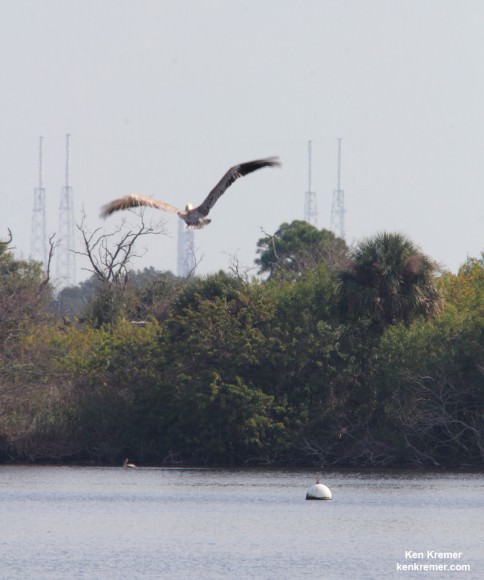
Stay tuned here for Ken’s continuing Earth and planetary science and human spaceflight news.
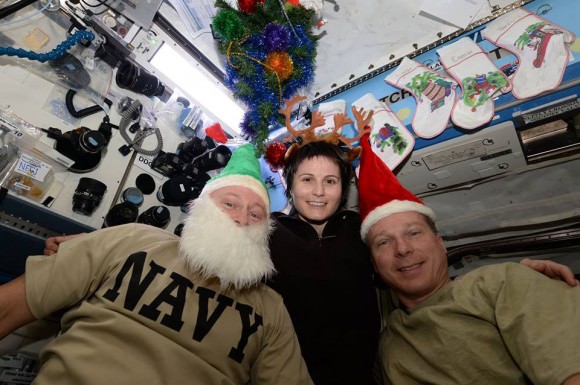
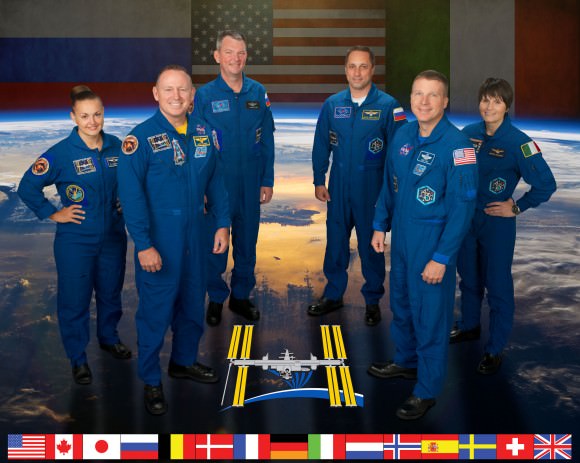

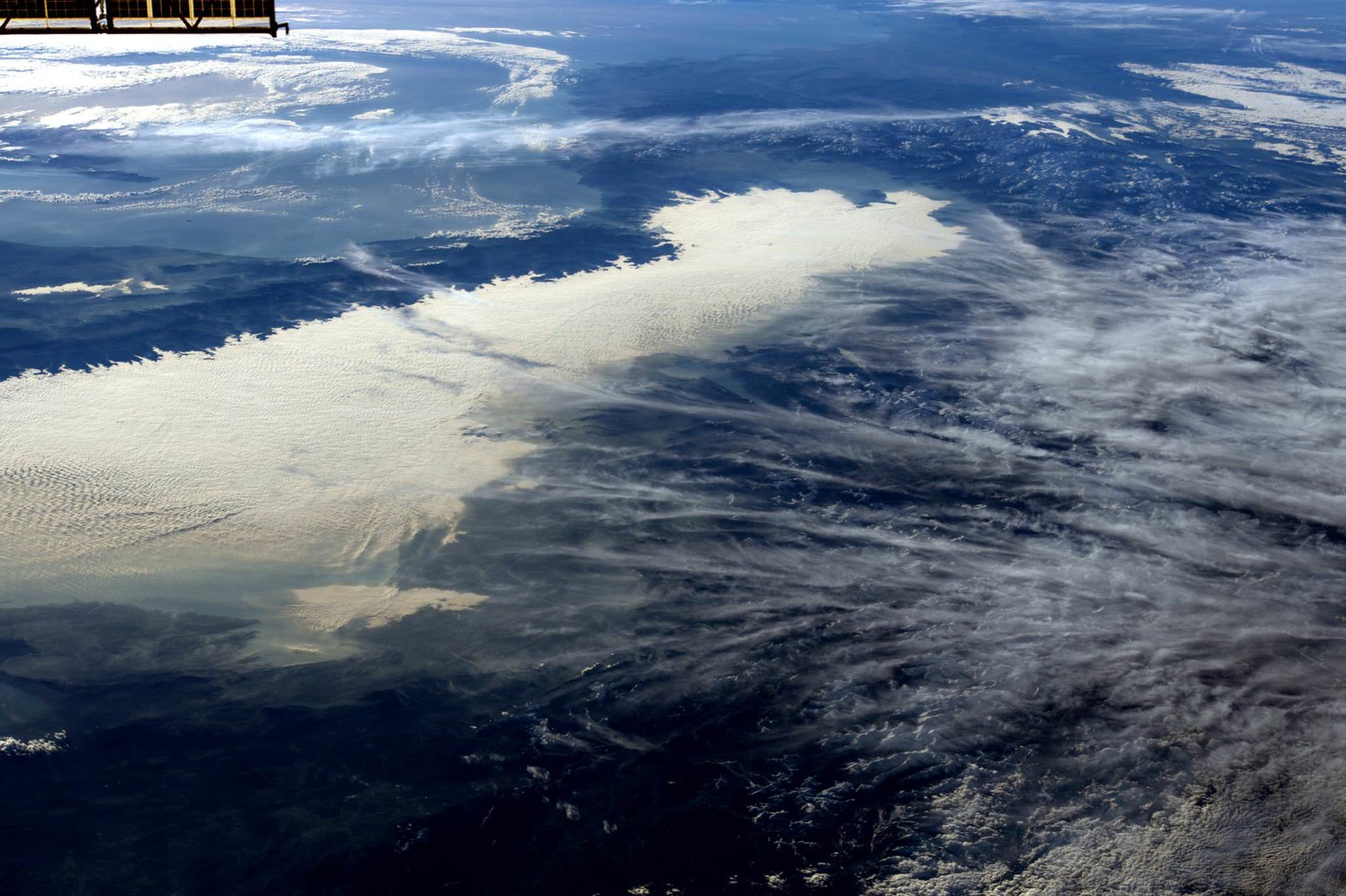
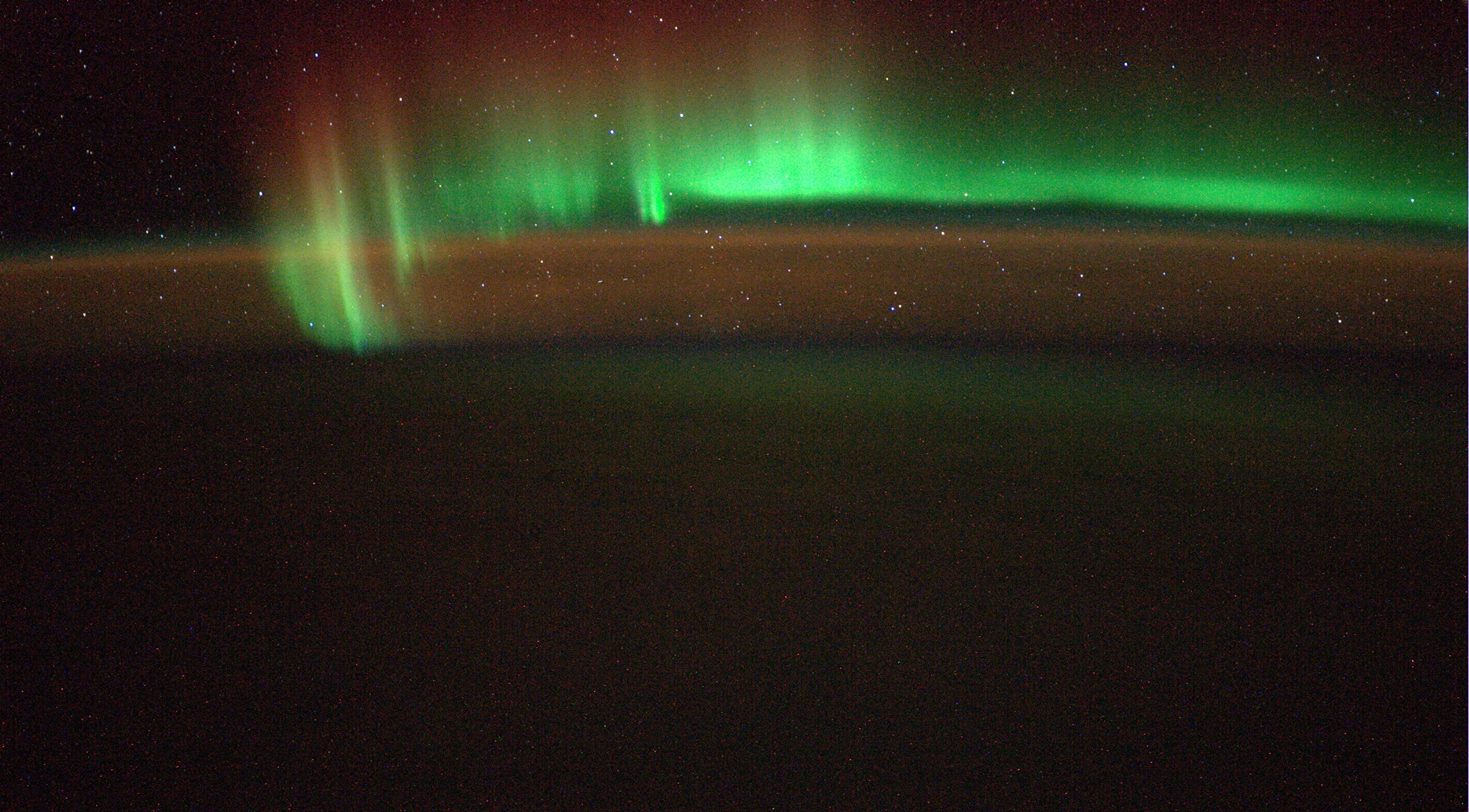
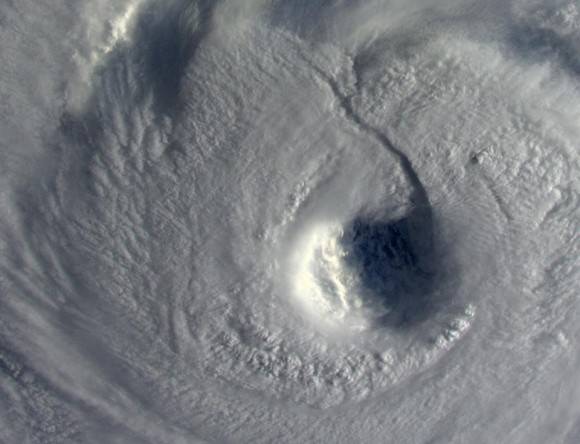
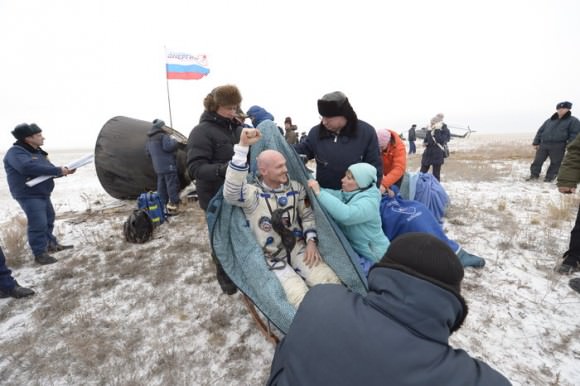
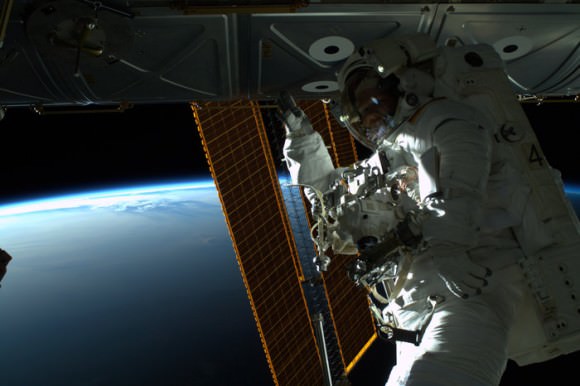
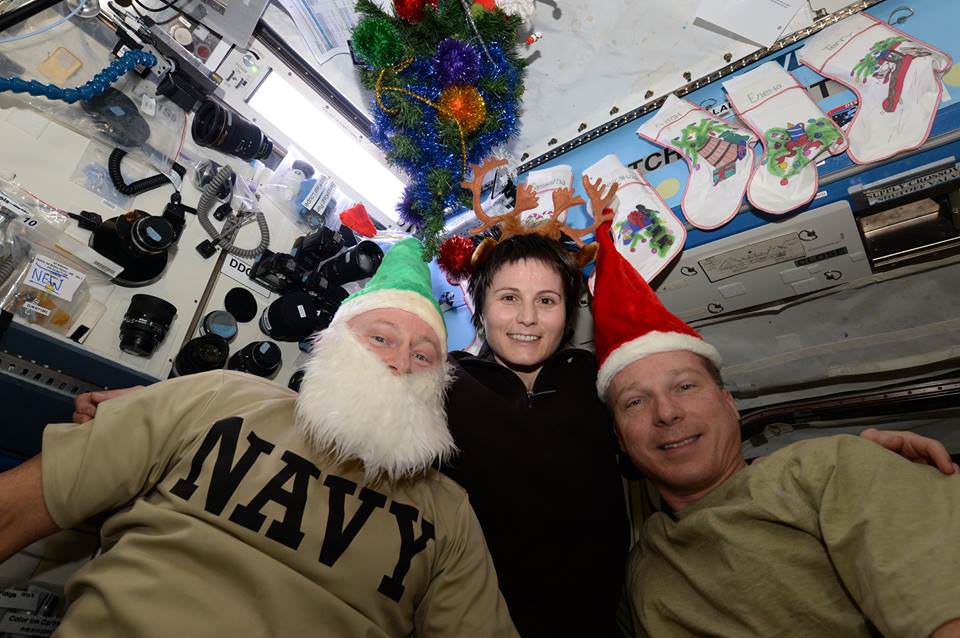
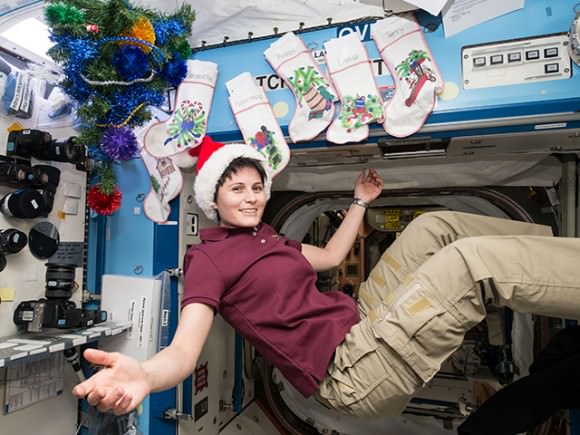
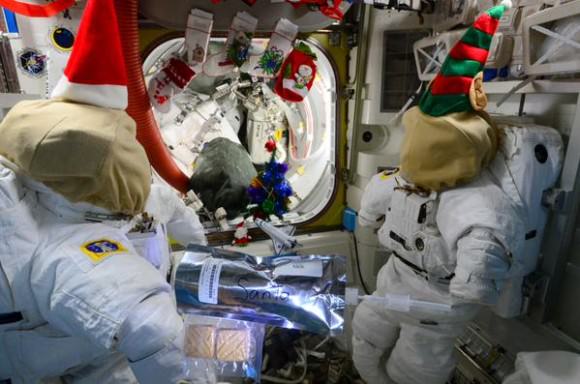


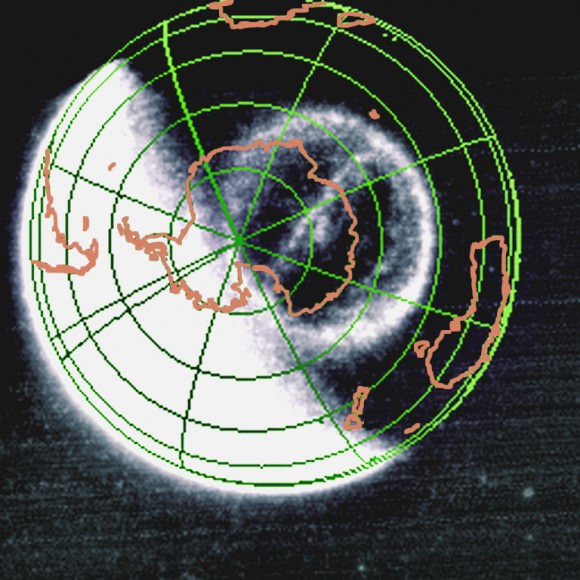
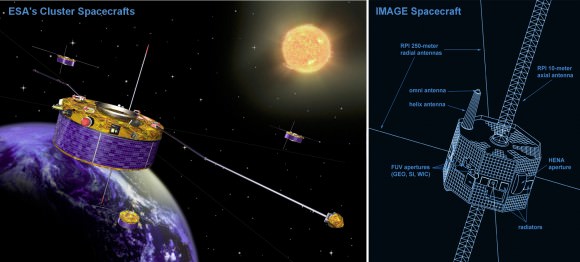
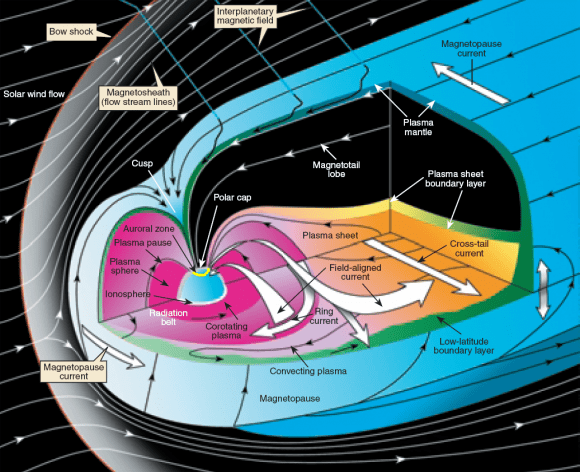
![A video of an observed major geomagnetic storm (July 15, 2000) taken by the Far Ultraviolet Imaging System (FUV) on IMAGE. IMAGE operated from 2000 to December 2005 when communications were lost. (Credit: NASA/SWRI) [click to view the animated gif]](https://www.universetoday.com/wp-content/uploads/2014/12/IMAGE_Aurora-200007151-580x461.gif)
